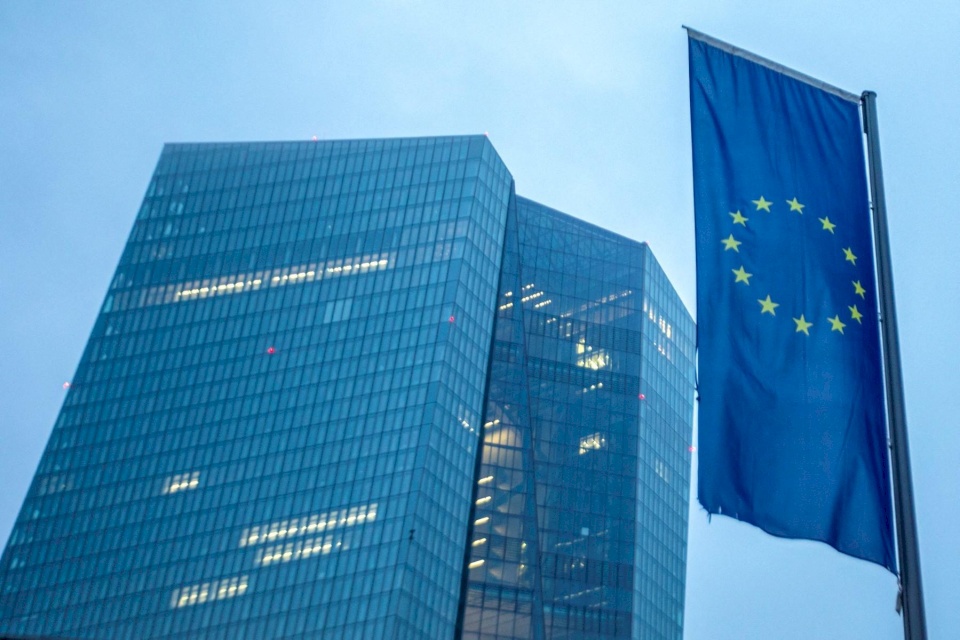
European Bank Stocks Reach Highest Levels Since 2008
SadaNews Economy - The stocks of the largest European banks have seen a significant increase this week, reaching unprecedented levels since the global financial crisis, driven by a sharp rise in long-term interest rates, which has greatly boosted these banks' profits.
HSBC's stock listed on the London Stock Exchange reached its highest level before announcing its results, while Barclays and Santander stocks hit peaks not seen since 2008. Additionally, the Italian bank UniCredit's stock touched its highest level since 2011, marking a notable turnaround in a sector that has long struggled with the repercussions of previous crises and difficulty competing with American banks.
From Disfavor to Popularity
Justin Beesley, an analyst at Schroders, described this transition by stating that European banks have moved from being outcasts to being favored in the markets, noting that a combination of rising interest rates, improved economic conditions, and efficiency enhancement efforts has contributed to the sector's performance boost.
Although HSBC's second-quarter results did not meet analysts' expectations, and banks experienced a sharp decline following the imposition of U.S. tariffs, the European banking index Stoxx 600 is still up 34% since the beginning of the year, outperforming its U.S. counterpart on a path toward the best annual performance since 2009.
Investor Optimism and Attractive Valuations
Investment flows into European bank stocks have continued, driven by improving economic indicators, optimism regarding the quality of loan portfolios, and lower valuations compared to U.S. banks like JPMorgan and Goldman Sachs. According to FactSet data, some European banks have recently started to match their book value, while their American counterparts are still trading at multiples exceeding twice their book value.
Future Opportunities and Challenges
Luca Paolini, chief investment strategist at Pictet, stated that European bank stocks are relatively cheap and are in a unique position to benefit from a revival in domestic demand. However, the lack of clear growth drivers constitutes a significant challenge.
With interest rates expected to stay low for years and the challenges of expansion due to regulatory constraints and political resistance to mergers, the future performance remains linked to banks' ability to diversify their income sources. Investors see the future price-earnings multiple for European banks at under 10 times, compared to over 13 times in the United States, providing a potential narrowing of the gap for European banks.

Rising Oil Prices Driven by Geopolitical Tensions Stretching from Venezuela to Russia

Gold and Silver Set New Record Levels Supported by Rate Cut Expectations

خسائر فادحة رغم طفرة الإنتاج.. لماذا تنزف مصانع السكر في مصر؟

The Chaos of Cryptocurrencies Shakes Hedge Funds in Their Worst Year Since the 2022 Crash

Acquisition Deal Completed: Union Bank Acquires Egyptian Arab Land Bank - Jordan

Putin's Threats to Respond to Asset Freezes Shake EU Capitals

Syria is Free from 'Caesar'
